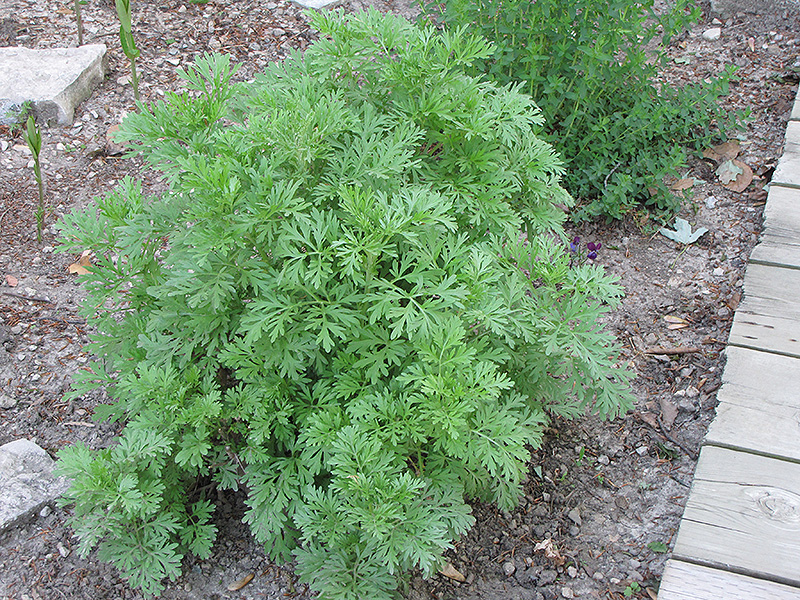* This is a "special order" plant - contact store for details
Height: 32 inches
Spread: 3 feet
Sunlight:
![]()
Hardiness Zone: 2
Other Names: Wormwood, Sage, Mugwort
Description:
This variety is thought to have originated in Asia or Europe but can now be found growing wild in parts of the Americas; it has been used for medicinal purposes since ancient times, and is an ingredient of absinthe and vermouth
Ornamental Features
Absinthe's attractive tomentose ferny compound leaves emerge green in spring, turning bluish-green in colour throughout the season on a plant with a mounded habit of growth. It features subtle panicles of buttery yellow tubular flowers at the ends of the stems from early summer to early fall.
Landscape Attributes
Absinthe is a dense herbaceous perennial with a mounded form. It brings an extremely fine and delicate texture to the garden composition and should be used to full effect.
This plant will require occasional maintenance and upkeep, and is best cleaned up in early spring before it resumes active growth for the season. Deer don't particularly care for this plant and will usually leave it alone in favor of tastier treats. It has no significant negative characteristics.
Absinthe is recommended for the following landscape applications;
- Mass Planting
- General Garden Use
- Groundcover
Planting & Growing
Absinthe will grow to be about 32 inches tall at maturity, with a spread of 3 feet. Its foliage tends to remain dense right to the ground, not requiring facer plants in front. It grows at a medium rate, and under ideal conditions can be expected to live for approximately 10 years. As an herbaceous perennial, this plant will usually die back to the crown each winter, and will regrow from the base each spring. Be careful not to disturb the crown in late winter when it may not be readily seen!
This plant should only be grown in full sunlight. It prefers dry to average moisture levels with very well-drained soil, and will often die in standing water. It is considered to be drought-tolerant, and thus makes an ideal choice for a low-water garden or xeriscape application. It is particular about its soil conditions, with a strong preference for clay, alkaline soils, and is able to handle environmental salt. It is highly tolerant of urban pollution and will even thrive in inner city environments. This species is not originally from North America. It can be propagated by division.
* This is a "special order" plant - contact store for details








